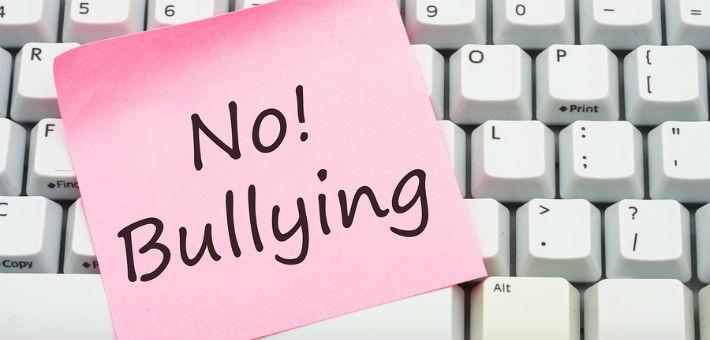
Anti-Cyberbullying Messages on Facebook: Most Successful With a Positive Tone
Social Network Sites (SNS), such as Facebook, offer unique potential for young people to express their identity. Unfortunately, SNS are often used as forums for bullying as well. Therefore, a study in Cyberpsychology, Behavior, and Social Networking explores the use of anti-cyberbullying messages on Facebook, and reports its factors for success. It turns out that anti-cyberbullying messages with a positive tone are best evaluated and most successful in stimulating young adults’ liking and sharing.
Take aways
- Anti-cyberbullying messages are best evaluated when they contain a positive tone, such as “the world is a happier place without cyberbullying”.
- Anti-cyberbullying attitudes of SNS users are stronger after receiving positive messages, just like their intentions for sharing, commenting, and liking the message.
- Therefore, viral advertisers must look at possibilities to implement a positive tone in their messages.
Study information
The question?
What is the influence of the emotional tone (positive, negative, or both) of anti-cyberbullying messages on Facebook on young adults’ evaluation and viral intentions?
Who?
365 students from a large US Midwestern University (mean age: 21-years old; 63% girls; 75% were Caucasian; most used Facebook an hour and a half per day, and almost three quarter noticed others being bullied on Facebook)
Where?
Michigan, United States
How?
Three different versions of a Facebook status update from a fictitious organization called “sayNOto Cyberbullying” were developed. The versions differed in tone: one had a positive tone (i.e., “the world is a happier place without cyberbullying”), one a negative (i.e., “the world is a nasty place with cyberbullying”), and one a coactive (i.e., both positive and negative: “it’s so miserable to use Facebook when you know your “friends” are bullies”). The status update invited people to say no to cyberbullying by liking and sharing the message. Student’s attitude toward the message, their anti-cyberbullying attitude, and their viral sharing intentions were all measured in order to say something about a versions’ success.
Facts and findings
- Students were most positive about the anti-cyberbullying status update with the positive tone, followed by the update with the coactive tone, and the negative tone.
- Students who saw the positive framed update had stronger anti-cyberbullying attitudes than students who saw the coactive or negative framed update.
- However, no differences were found for anti-cyberbullying attitudes between coactive en negative messages.
- Students who saw the positive message were more intended to share, like, and comment on the message than students who saw the coactive or negative message.
- Regardless of the messages’ tone, students were most positive about status updates with low likes, and low shares (see Figure 1).
- In contrast, anti-cyberbullying attitudes were the strongest for students who saw status updates with high shares, and high likes.
- However, intentions for sharing, commenting, and liking the message were not stimulated by this high amount of likes and shares.
